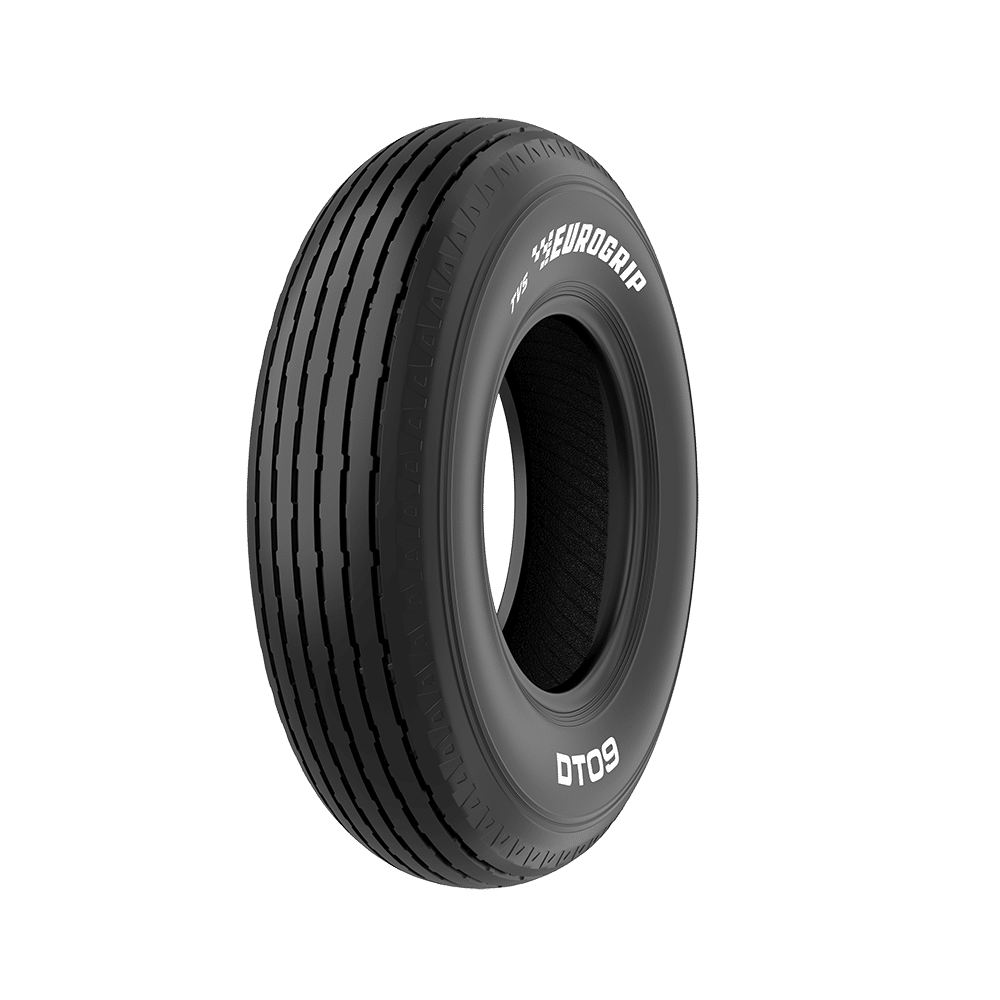Tyres are one of the most important components of any agricultural machine. Having accurate agricultural tyre information is essential for farmers, contractors, and equipment operators. It helps in choosing tyres that match soil, terrain, load, speed, and the kind of work you do—so that machines perform well, soils stay healthy, and costs stay under control.
Types of Agricultural Tyres
There are several main categories of agricultural tyres:
Drive/Traction Tyres – Used on the rear wheels of tractors. These have deep lugs or block patterns for grip in muddy, loose or soft soils. They help pull ploughs, seeders, and other implements.
Front/Rib Steering Tyres – Found on front axles (especially 2WD tractors). These tyres have ribbed treads for directional stability, steering accuracy, and minimal soil disturbance.
Implement & Trailer Tyres – Used on implements or trailers that are towed. These tyres are designed for rolling, carrying weight, and sometimes high speeds, often with less aggressive tread patterns.
Flotation / Wide / VF / IF Tyres – These are wider tyres that distribute weight across a larger contact area. They reduce ground pressure, thus reducing soil compaction, especially in wet or soft field conditions.
Radial vs Bias Construction
An important part of agricultural tyre information is understanding how tyres are built:
Radial Tyres – The plies are arranged perpendicular to the direction of travel, with belts under the tread. They flex better, dissipate heat more efficiently, offer better ride comfort, and tend to last longer—especially if the tractor moves on both fields and roads.
Bias Ply Tyres – Layers cross over each other at angles (bias). These tyres tend to have stiffer sidewalls, which can resist side damage and be more rugged in very rough or rocky field conditions. They usually cost less but may not give quite the same efficiency or ride comfort as radials.
Key Parameters to Know
To make good use of agricultural tyre information, pay attention to:
Tyre Size – Width, aspect ratio (if radial), rim diameter. A mismatch can lead to poor performance or safety issues.
Load Rating – How much weight the tyre can carry safely. Important when using heavy implements or carrying loads with trailers.
Speed Rating – If you are moving on roads or fast between fields, speed rating matters. Field-only use generally allows slower rates but road travel demands tyres rated for higher speed.
Ground Pressure & Soil Contact – Wider tyres and correct inflation lower soil compaction. Compacted soil reduces root growth, water infiltration and crop yield.
Tread Pattern – Deep lugs, block patterns, ribbed patterns — each has its role. Aggressive lugs give grip; rib or multi-rib give steering control and smoother rolling; block or flatter tread help when rolling on firm ground or on trailers.
Maintenance & Best Practices
Knowing agricultural tyre information isn’t enough; applying it matters:
Check inflation often, and adjust depending on load and whether you’re using field vs transport work.
Inspect for damage: cuts, sidewall bruises, tread wear. Replace when it becomes unsafe or performance degrades.
Clean tyres of mud and debris. Mud in tread can reduce grip and accelerate wear.
Match tyres properly (left & right, front & rear) to ensure balanced wear and steering behavior.
Use flotation or IF/VF tyres in soft or wet soils to protect soil structure and reduce compaction.
Why It Matters
Using good agricultural tyre information leads to several benefits:
Better traction and efficiency, reducing fuel consumption and engine stress.
Less soil damage, better water absorption, healthier crops.
Longer tyre life and fewer replacements.
Enhanced safety and smoother operation both in field and on roads.
Conclusion
Having the right agricultural tyre information is vital for farmers who want to maximize productivity, protect their soil, and reduce operating costs. By understanding tyre types, constructions, load and speed ratings, and proper maintenance, you can ensure that your machinery performs efficiently in both field and transport conditions. Choosing wisely not only improves traction and fuel efficiency but also extends tyre life and supports sustainable farming practices. With the right knowledge and care, agricultural tyres become long-term investments that drive reliability and growth on the farm.
Also visit: https://paperpage.in/blogs/699739/Agricultural-Tyre-Information-Types-Sizes-and-Choosing-Right




Write a comment ...